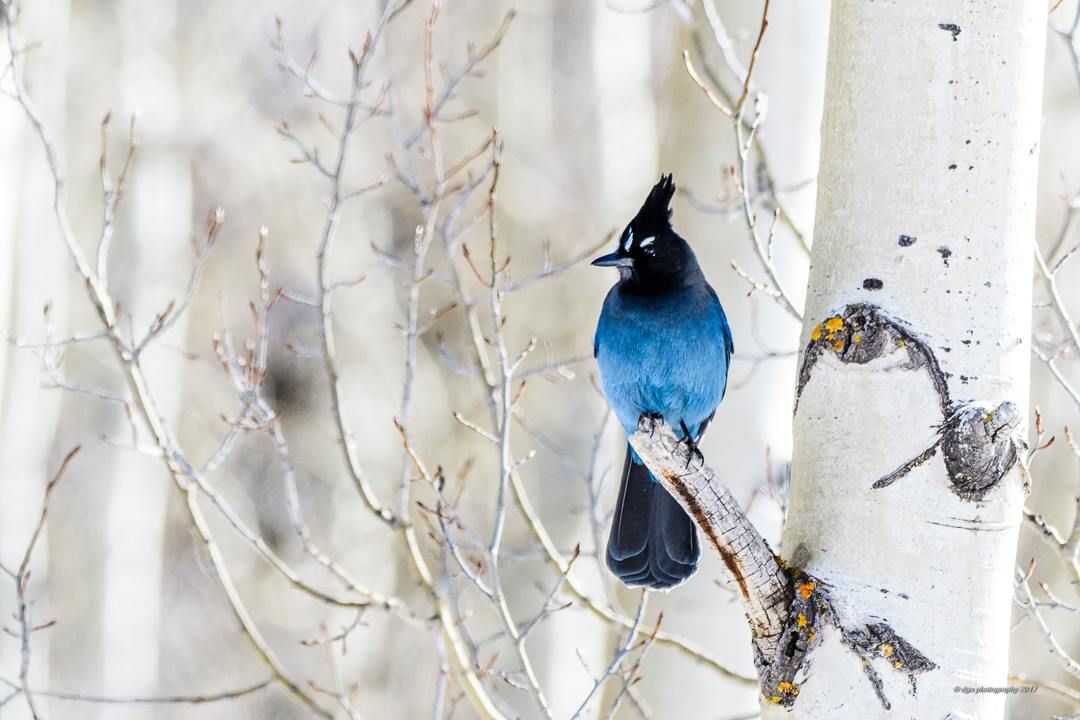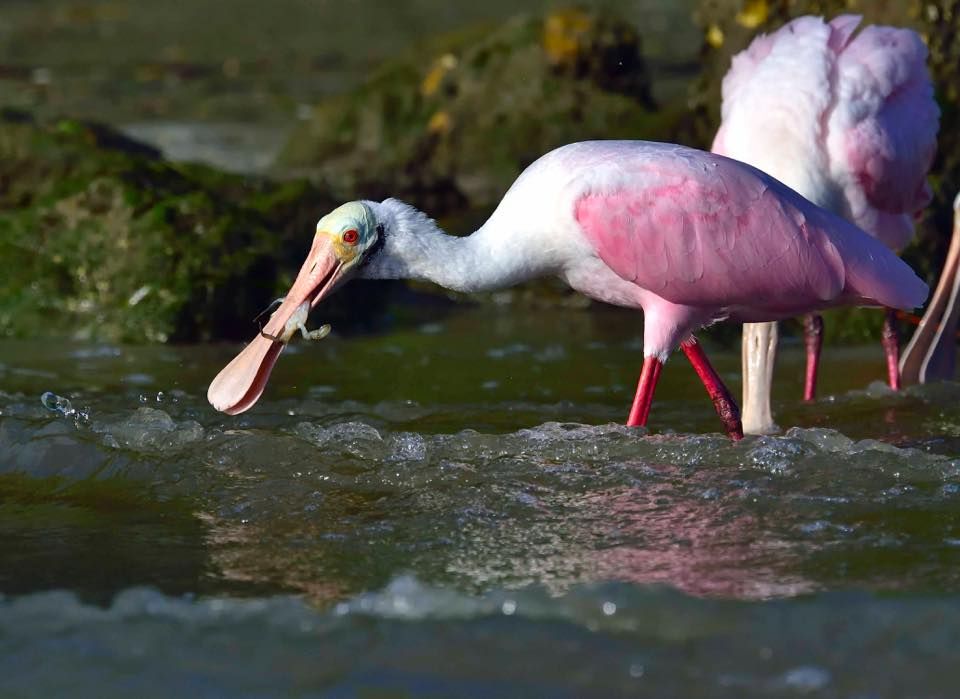Millennials are ruining department stores. Millennials have put an end to the diamond industry. We’ve killed dinner dates, napkins, home ownership, and even sex. But, for all things we millennials have allegedly killed, you can thank us for bringing one thing back into popularity: birding. Millennials have made birdwatching trendy again, and are keeping the industry alive. The stereotypical demographic of birders was always decidedly older, possibly retired, but we somewhat-youngsters are breaking that mold.
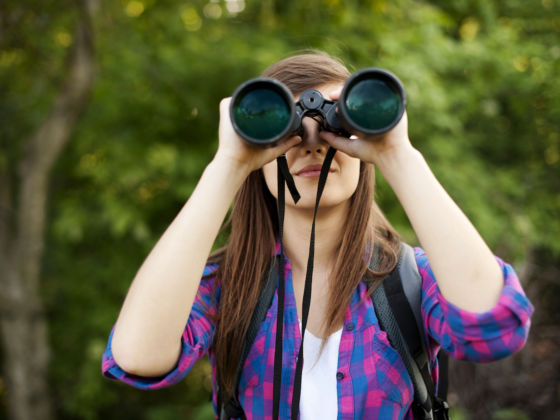

Millennials Are Super Into Birding Now. Here Are the Best Places to Go Birding Around the World.
Birdwatching can be social, and a good way to meet people, or it can be done alone, thus meditative. Birds occupy every continent on the planet, and creating a species bucket list is an excellent way to make travel decisions. Birding is by nature a means of exploration, so a pigeon could take you down a formerly unknown alley in a city, while a spoonbill could be the reason someone goes exploring a country they’ve never before visited. Perhaps most importantly, birding fosters appreciation for the natural world, making our collective community more inclined to protect it.
So download eBird, buy a field guide, and grab your binoculars because here are the best places to go birding around the world:
1. Montana, United States
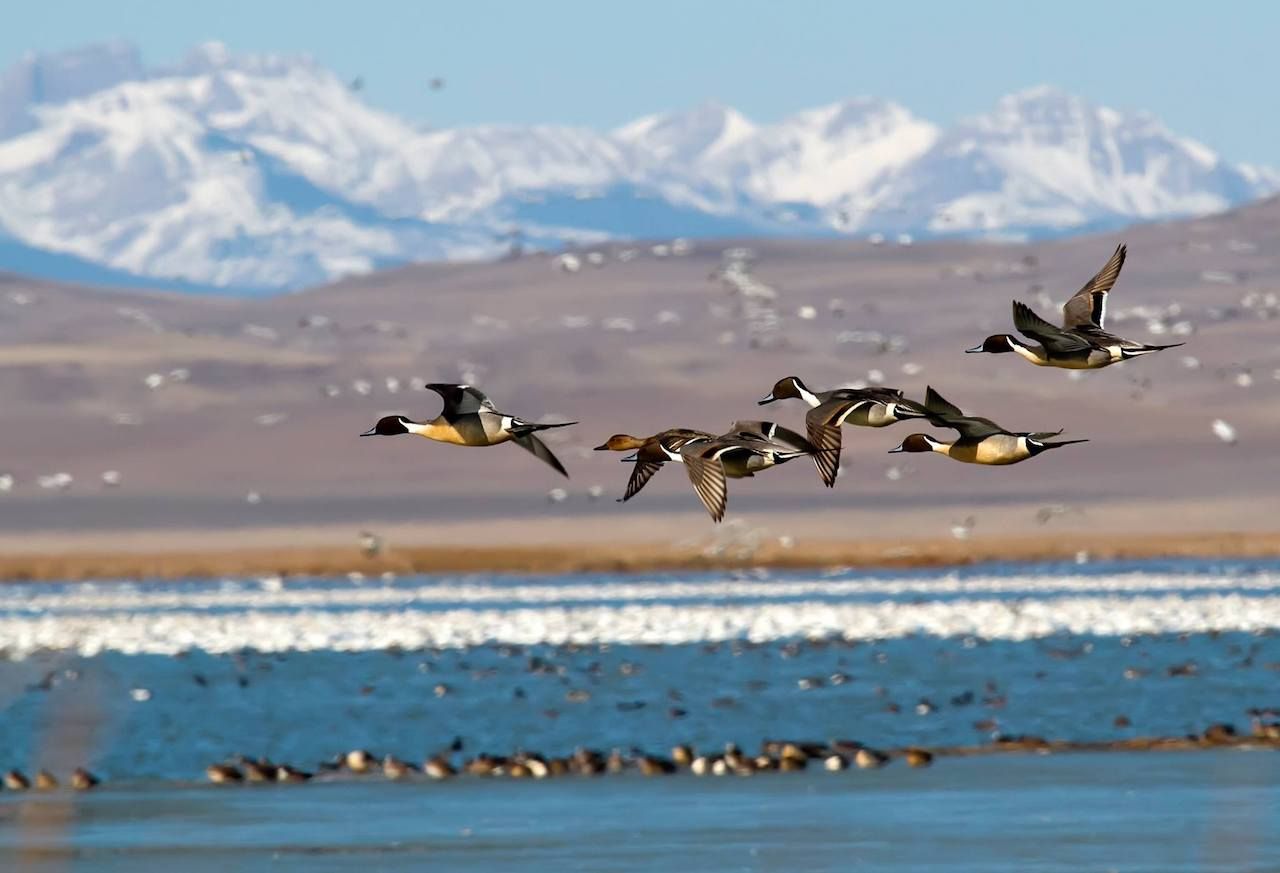
Photo: Bob Martinka/Montana Audobon
“Big Sky Country”, as Montana is known, seems like the perfect place for birds to thrive, and it is. This state is a big hunk of land with barely a million people occupying it, so the more-than-400 species of birds that live here have room to stretch their wings. Montana’s chapter of the National Audubon Society, one of the largest bird conservation organizations in the world, is extremely active, with tours throughout the year and an annual summer festival with awesome field trips. Plus it’s home to Glacier National Park, and adjacent to Yellowstone National Park, both bird havens. Luxury-oriented millennials should head to Lone Mountain Ranch in Big Sky, as they are developing a birdwatching program for their guests, so you can enjoy wildlife and relax in tandem. Expect to see eagles both bald and golden, wily ravens, and the wild mating ritual of the greater sage-grouse, if you’re lucky.
2. Cayo District, Belize
Central American rainforests are teeming with wildlife, but Belize, the western part in particular, is really into its birds. Most hotels and lodges offer bird-watching excursions to their guests, and some like Hidden Valley Inn go as far as to host bird conservationists and let them release rare species on the property. Professional birding guides in Belize are typically young, adventurous, and extremely enthusiastic about birds, making for a relatively high energy bird-watching experience (at least in the context of being quiet enough to not scare away animals). Organizations like the Belize Bird Conservancy set the international example for how to protect birds, and visitors get to reap the benefits when their binocular lenses are full of parrots. Scarlet macaws, yellow-headed parrots, blue-crowned motmots, and a litany of hummingbirds are just several species among the many you may spot in Belize.
3. Antarctica
The White Continent is at the top of everyone’s list these days, especially birders. Penguins, petrels, and albatrosses are waiting in the world’s most remote corner for you to peep (but not touch) them. Field Guides runs a great bird-focused trip for those interested.
4. Rocky Mountaineer Train in Western Canada
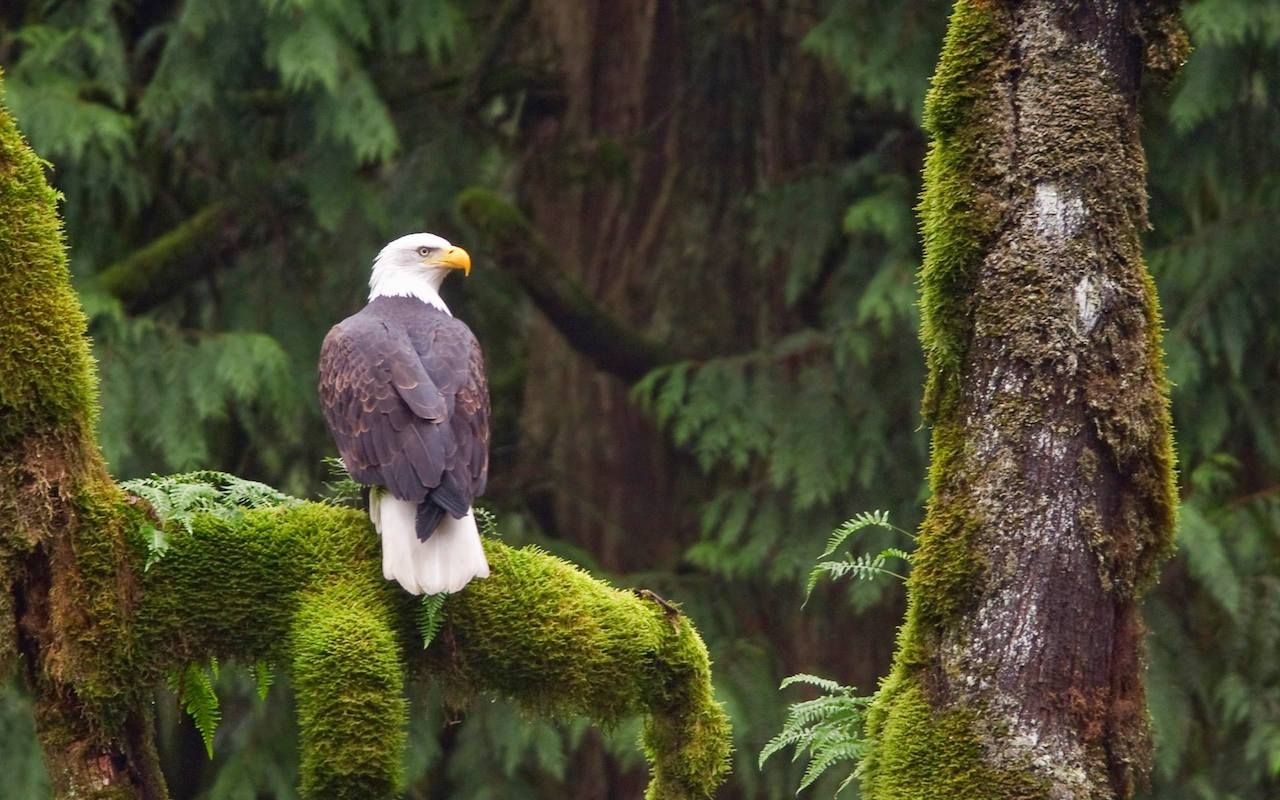
Photo: Rocky Mountaineer
Train travel is another travel experience we are helping revive with our increased interest. Rocky Mountaineer is everything a birding millennial could want: you can spend the entire time sitting, drinking infinite glasses of wine, and spotting osprey nests and soaring bald eagles from the window. It’s the perfect combination of luxury and outdoor adventuring: the glass-ceilinged train winding through Western Canada shows a relatively unseen glimpse into the country’s wilderness. At the end of the trip, you will have more ‘grammable moments than you can know what to do with.
5. Westfjords, Iceland
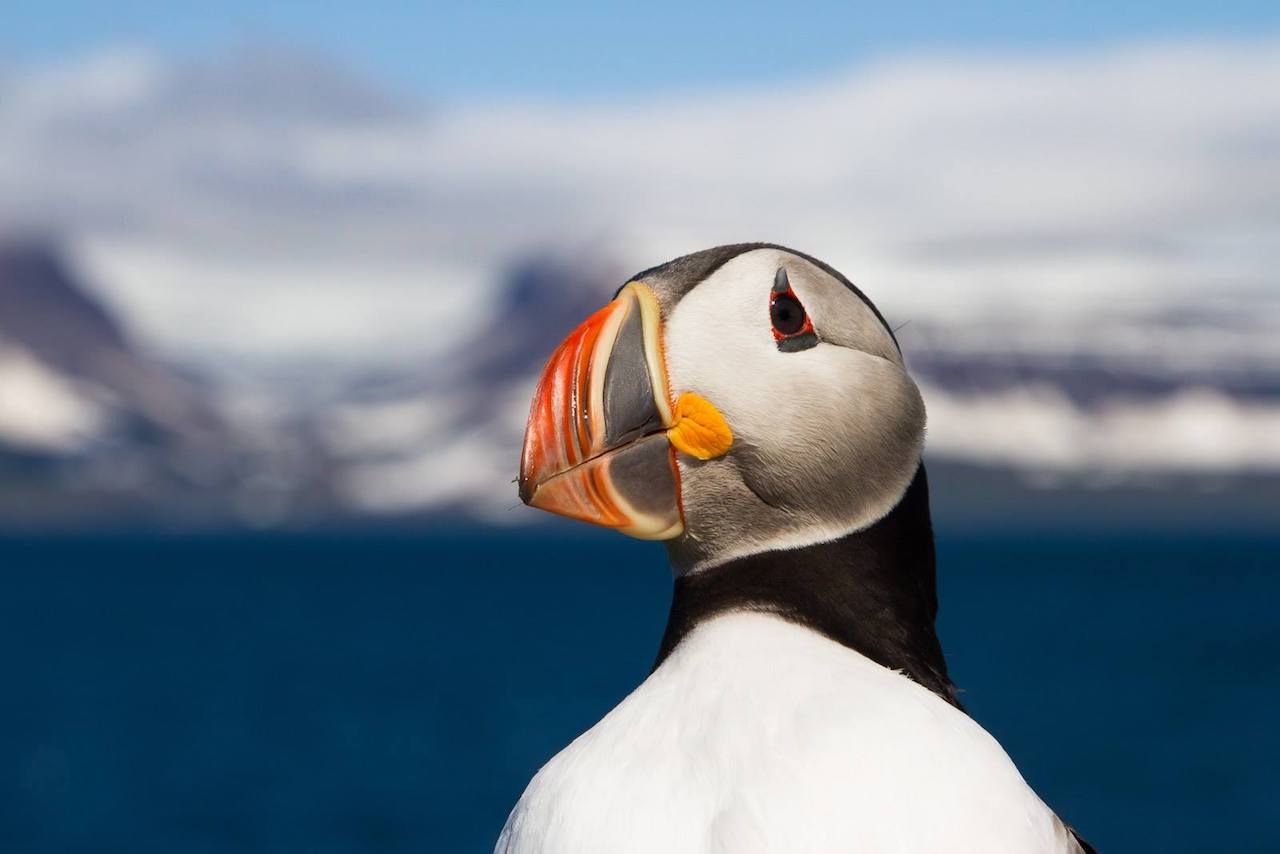
Photo: Visit Westfjords – Iceland
With ridiculously cheap plane tickets from the US, millennials are all over Iceland. Oddly, we tend to skip the Westfjords, home to the Látrabjarg bird cliffs and a giant colony of nesting puffins (in the spring and summer). These small, adorable birds are borderline fearless and will allow people to get within mere feet of them, so you can get your wildlife photography kudos without much effort. Lucky birders may also glance a white-tailed eagle, one of the most sought-after bucket list birds in the world.
6. Colombia
Colombia is another recent addition to the travel hotspot list, but serious birders have been doing their thing here forever. 1,900 species make Colombia the most bird-diverse country on the planet, and their government is extremely committed to maintaining wild habitats, which range from high Andean with its condor to the Amazon basin with the resplendent quetzal. Birdwatching makes a great addition (or reason) for a Colombian adventure. Don’t leave without snapping a pic of a Cock-Of-The-Rock, which is never not a funny name.
7. Snowmass, Colorado, United States
What’s better than aprés-skiing? If you ask me, or anyone else who has invested in expensive binoculars, it’s birding in a resort town where care has been taken to preserve the natural environment. The Rocky Mountains are glorious in their beauty and make for a great backdrop to searching for birds. Al Levantin, one of the birders represented by birding’s biggest movie “The Big Year” calls Snowmass home, so it’s a proven place to search for birds. The Aspen Center for Environmental Studies (ACES), is a great resource for tours and info on finding juncos, sharp-shinned hawks, and other Aspen fliers.
8. Tasmania, Australia
Australia’s southernmost state is a fairly compact place, so spotting wildlife happens without even meaning to, birds included. Native parrots like the rosella and the sulphur-crested cockatoo are easy to spot near more populated areas, and penguins can be found along the coast. Tasmania’s northwestern corner is home to the Tarkine, a rainforest region that is in danger of being destroyed. Head there for a one-of-a-kind birding experience that also supports saving the fragile environment where Tasmanian devils are found.
9. Sanibel Island, Florida, United States
Sanibel Island is home to 245 bird species, including the bright pink roseate spoonbill which roam the wetlands. The Ding Darling National Wildlife Refuge ensures that waders, singers, and peckers have a place to call home, and they are generous enough to have created a checklist for you that includes information on what you can expect to find during whichever season you happen to be visiting. Just remember to glance down every so often while you’re searching the sky — alligators live here, too.

